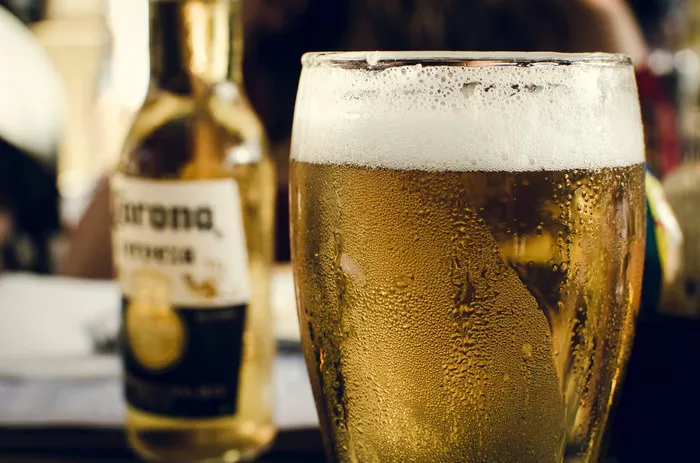Non-alcoholic beer is an intriguing beverage that offers the flavors of traditional beer without the intoxicating effects. As its popularity grows, many consumers are curious about its production, taste, and benefits. This article will delve into the intricacies of non-alcoholic beer, exploring its history, brewing process, types, and health considerations.
Introduction to Non-Alcoholic Beer
Non-alcoholic beer, often referred to as NA beer, is designed for those who want to enjoy the taste of beer without consuming alcohol. This category of beverages is not new; it has been around for decades but has gained renewed interest in recent years. Many people are looking for healthier lifestyle choices, and non-alcoholic beer fits well into this trend.
History of Non-Alcoholic Beer
The origins of non-alcoholic beer date back to the early 20th century. During World War I and Prohibition in the United States, breweries began to produce non-alcoholic alternatives. Initially, these beers were not very popular due to their poor taste. However, advancements in brewing technology have significantly improved the flavor and variety available today.
Brewing Process of Non-Alcoholic Beer
The brewing process for non-alcoholic beer is similar to traditional beer, but with a crucial difference: the removal or reduction of alcohol. There are several methods to achieve this:
Dilution Method: This involves brewing regular beer and then diluting it with water. This method can affect the flavor and body of the beer.
Evaporation Method: In this method, alcohol is removed by heating the beer. This process can lead to the loss of some volatile flavors, which may impact the final product.
Reverse Osmosis: This advanced method filters out alcohol and some water molecules, allowing brewers to retain more flavor compounds. The remaining liquid is then recombined with water to achieve the desired alcohol level.
Fermentation Control: Some brewers create a low-alcohol beer by controlling the fermentation process. This method involves limiting the fermentation time or yeast activity to produce a beer with less than 0.5% alcohol.
Types of Non-Alcoholic Beer
Non-alcoholic beers come in various styles, much like their alcoholic counterparts. Here are some popular types:
Lager: A light and crisp option, often with a clean finish.
IPA (India Pale Ale): Known for its hoppy flavor, many breweries now offer non-alcoholic IPAs with robust taste profiles.
Stout: Dark and rich, non-alcoholic stouts provide flavors of coffee and chocolate without the alcohol.
Wheat Beer: Refreshing and fruity, wheat beers are a popular choice for those seeking a lighter option.
Taste Profile of Non-Alcoholic Beer
The taste of non-alcoholic beer can vary significantly depending on the brewing method and ingredients used. Many consumers report that modern non-alcoholic beers closely mimic traditional beers, offering a satisfying experience. However, some still find that the absence of alcohol changes the mouthfeel and overall enjoyment.
Health Benefits of Non-Alcoholic Beer
Non-alcoholic beer has several health benefits, making it an appealing choice for many:
Lower Caloric Content: Most non-alcoholic beers have fewer calories than regular beers, which can be beneficial for those watching their weight.
Hydration: Unlike alcoholic beverages, non-alcoholic beer can contribute to hydration, making it a better option for social occasions.
Nutritional Value: Non-alcoholic beers can contain vitamins and minerals from the brewing process, including B vitamins and antioxidants.
Social Inclusion: For those who abstain from alcohol for health, religious, or personal reasons, non-alcoholic beer allows for social inclusion without the effects of alcohol.
Market Trends and Popularity
The non-alcoholic beer market has exploded in recent years. Consumers are increasingly seeking healthier alternatives to alcoholic drinks. Many breweries, both large and small, are expanding their non-alcoholic offerings to meet this demand.
Challenges in the Non-Alcoholic Beer Market
Despite its growth, the non-alcoholic beer market faces challenges. Some consumers still hold a stigma against non-alcoholic beverages, viewing them as inferior. Additionally, maintaining the flavor and quality while reducing alcohol can be difficult for brewers.
See Also: How to Check the ABV of Beer? A Comprehensive Guide
Future of Non-Alcoholic Beer
The future of non-alcoholic beer looks promising. As brewing technology continues to advance, we can expect even more innovative products. Additionally, as societal attitudes towards alcohol consumption evolve, non-alcoholic beer may become a staple in many households.
Conclusion
In summary, non-alcoholic beer offers a delicious alternative for those who enjoy the taste of beer without the effects of alcohol. With its rich history, diverse styles, and health benefits, it is no wonder that non-alcoholic beer is gaining popularity worldwide. As brewers continue to innovate, the options for consumers will only expand, making it an exciting time for this growing category. Whether for health reasons, personal choice, or simply to enjoy the taste, non-alcoholic beer provides an ultimate experience that satisfies many.
This exploration has delved into the complexities and appeal of non-alcoholic beer. As the market evolves, consumers can look forward to a wider range of choices, making it easier than ever to enjoy a flavorful beverage without the alcohol.
You Might Be Interested In:


